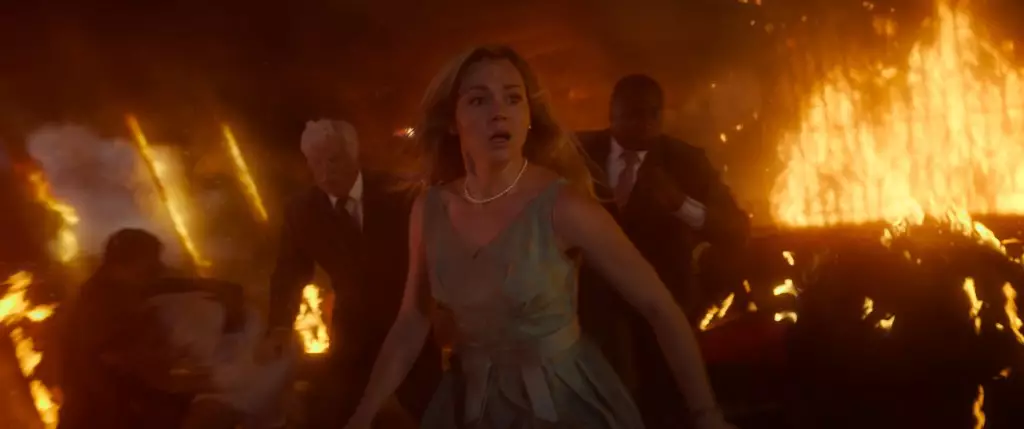The cinematic landscape has seen an undeniable resurgence of interest in franchise films, particularly in the horror genre, and the latest release, “Final Destination: Bloodlines,” marks a pivotal point for the iconic series. After a 14-year hiatus, fans of the franchise are buzzing with anticipation, and the numbers reflect that vibe. Estimated to rake in between $35 million and $40 million in its opening weekend across 3,400 locations, “Bloodlines” is on track to rewrite the box office record for the franchise. This surge in box office enthusiasm is not just a fleeting moment; it’s a reflection of the insatiable appetite for horror films that blend nostalgia with innovation.
Understanding Viewer Demographics
One of the most impressive facets of “Bloodlines” is its strong appeal to younger audiences, particularly women under 25. Unlike many horror films that primarily attract male viewers, “Bloodlines” has struck a chord with female demographics. This move away from convention highlights a shift in horror, moving toward themes that resonate with diverse groups rather than solely relying on shock value and gore. The fact that the film boasts a 93% approval rating on Rotten Tomatoes only amplifies its potential resonance with a wider audience, presenting possibilities for more inclusive storytelling in the genre.
Reviving Deadly Premonitions
The concept behind “Final Destination” is refreshingly unique: a group of individuals escapes a near-fatal catastrophe only to find themselves hunted by Death in gruesome and bizarre manners. This fascinating premise allows for a blend of psychological thrills and visceral terror. The premise of this sixth film, focusing on a college student haunted by violent nightmares, brings about contemporary issues regarding mental health and pressure, making it relatable on multiple levels. As a center-right liberalism adherent, I appreciate films that evoke deeper thoughts while also entertaining. This film does just that by intertwining horror with the fears and vulnerabilities of modern life.
The Box Office Battle: A Wider Context
Beyond “Bloodlines,” the wider horror landscape remains competitive. Warner Bros’ “Sinners,” also showcasing the studio’s capability in the genre, anticipates a steady $15 million this weekend, proving that not only is horror alive, but it is thriving amid blockbusters. As the MCU’s “Thunderbolts” faced declines in attendance—expected to fall by around 40%—it’s evident that audiences are still seeking fresh and thrilling narratives, perhaps even more than superhero escapism. It’s a telling sign that horror may be reclaiming its rightful seat atop popular entertainment.
The Weeknd’s Multi-Platform Experiment
Another intriguing aspect of the current cinematic environment is the arrival of “Hurry Up Tomorrow,” starring music sensation The Weeknd. Although initially projected to garner a modest box office showing, the collaboration between film and music in such a unique manner paves the way for a new approach to storytelling. By blending music with film as part of a multi-faceted promotional strategy, we may witness a groundbreaking synergy between different entertainment forms. The ambition of The Weeknd, supported by Lionsgate, emphasizes how artists can transcend traditional media boundaries, driving innovative ways to engage audiences.
The Financial Implications
With “Bloodlines” setting its global bar at an impressive $70 million and the franchise boasting a staggering $666 million over the years, the financial implications for the horror genre are enormous. This triumph can lead to further investments in original horror stories, especially those that draw from varying perspectives and experiences. It opens up a realm of possibilities for bold narratives that challenge norms while providing thrilling content for audiences hungry for fresh entertainment.
The evolution of the horror genre, particularly with the success of “Final Destination: Bloodlines,” demonstrates the industry’s willingness to adapt and respond to shifting viewer tastes. As audiences seek more inclusive storytelling coupled with the thrill of fear, it might just be the perfect time for horror to redefine itself yet again in the entertainment landscape.

